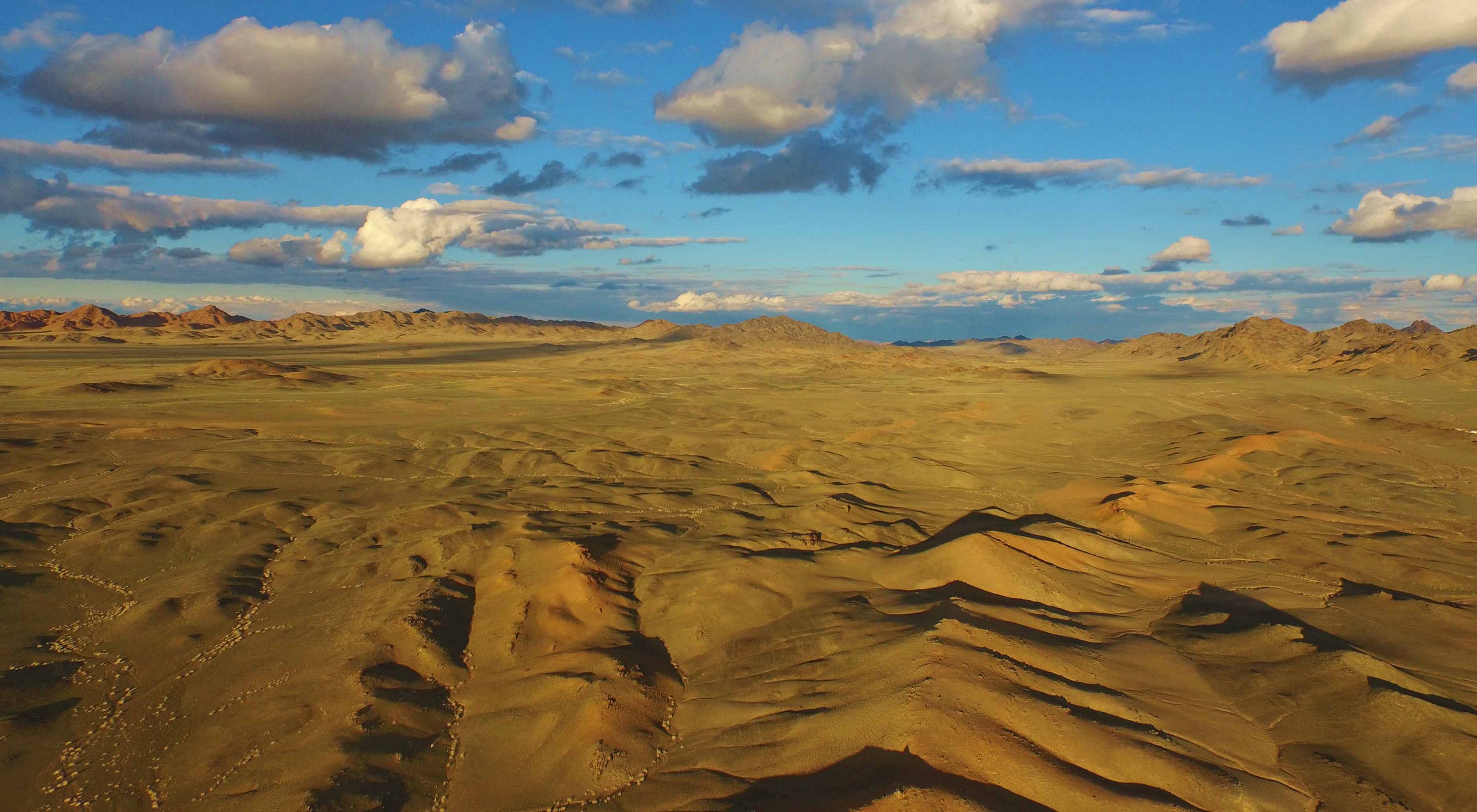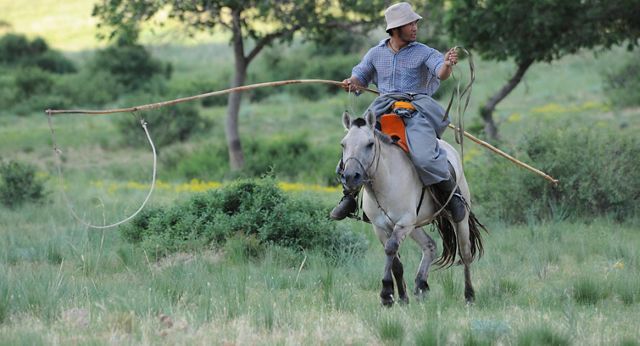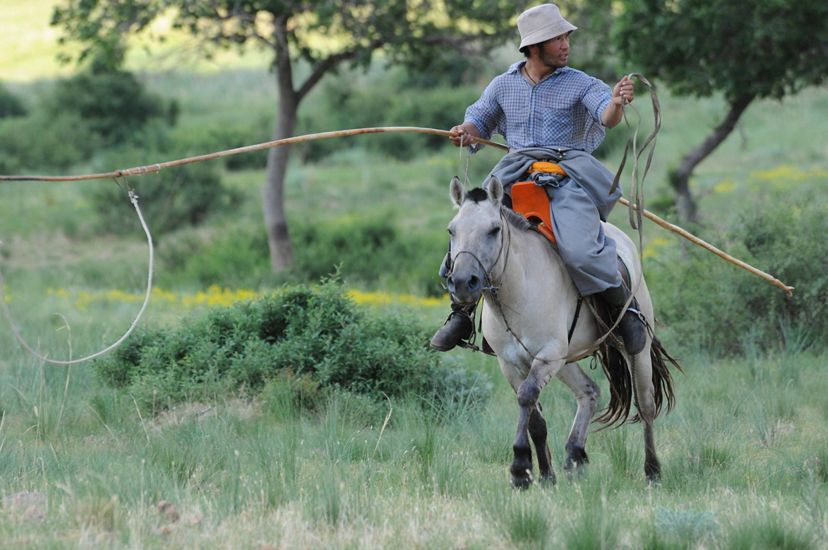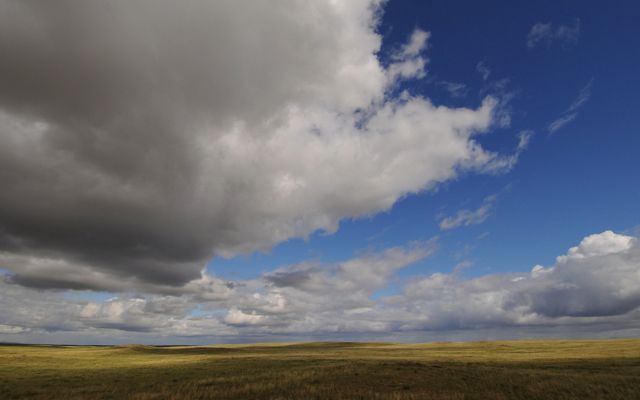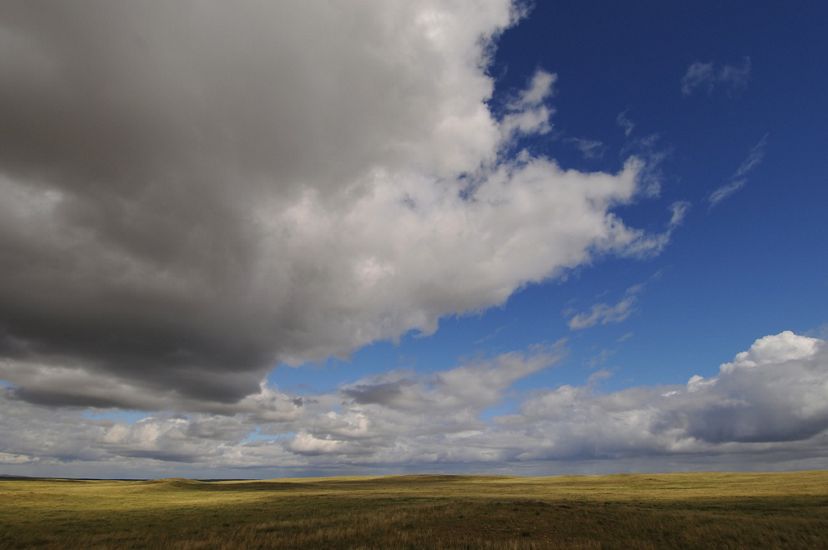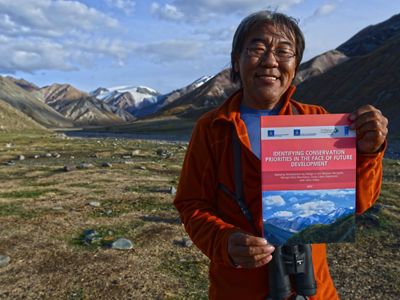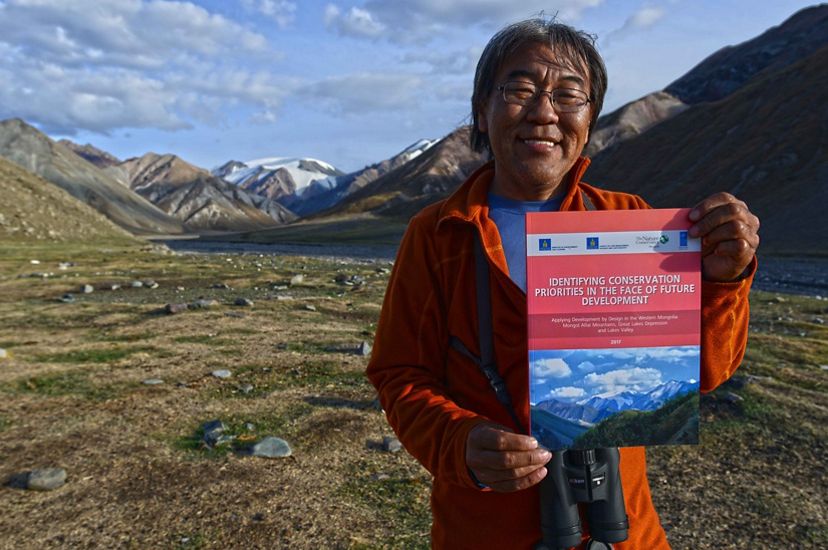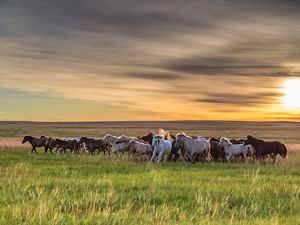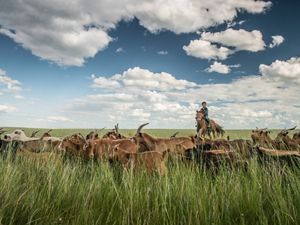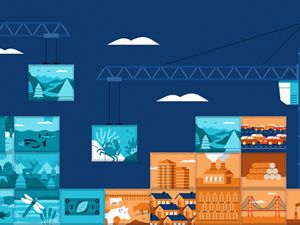Celebrating 10 Years of Conservation Success in The Land of Eternal Sky: Mongolia
By Justin Adams, Executive Director, Tropical Forest Alliance
In a world still blessed with abundance and beauty, Mongolia is a country that stands out nonetheless. I will never forget seeing the Mongolian Steppe for the first time—a vast untouched sweep of grasslands and savannah that seems to go on forever.
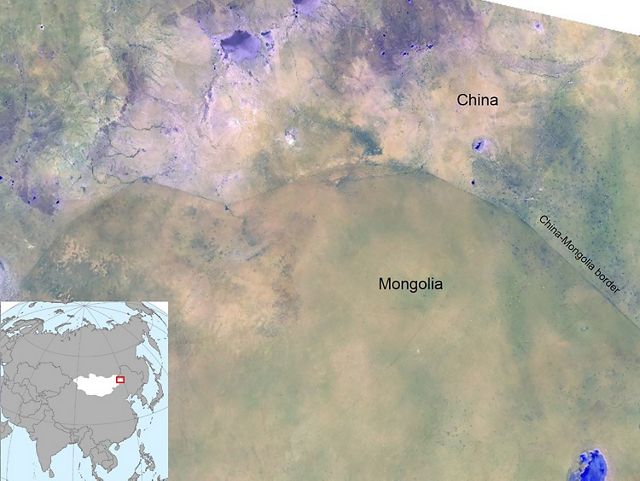
It’s hard not to feel small looking at land so imbued with a sense of time long gone; when humans touched lightly on the Earth, moving with the changes brought about by weather and where food could be found or grown. It’s something most of us in cities rarely get to experience, yet Mongolia remains one of the few places where nomadic life is a living tradition. That brings with it a sense of daily commune with nature, along with vulnerability and exposure to the elements. I imagine it is the closest representation we still have of what life on the Northern Plains would have been like hundreds of years ago.
Travelers and lucky visitors like myself can still experience nature in its all its expansive glory; it was this sense of unspoilt majesty that brought The Nature Conservancy (TNC) to Mongolia in 2008. There was already a good base to build on—and conservation certainly wasn’t a new concept. Mongolia set up the world’s first National Park in 1778 at Bogdkhan Uul. The results can be seen today at the tri-border area of China, Mongolia and Russia, where the intact grasslands in Mongolia contrast starkly to the degraded lands in the adjoining countries.
However, like most things in life, it’s not black and white. Mongolia’s fabled landscapes face unprecedented pressures from economic growth. Its most valuable resource—huge mineral reserves —have led some to dub the country ‘Minegolia’. Mining now accounts for a third of GDP, and the government is poised to issue exploration licenses across another 20 percent of the country.
Grazing, a traditional livelihood for centuries, is also still a key part of the economy with more than a third of the population herding. It’s a success story on one hand, with demand for high quality cashmere rising rapidly. The downside is that livestock numbers have nearly tripled to 60 million since the market economy arrived with the fall of communism around 30 years ago. Traditional practices that emphasized collective stewardship of the grasslands are under pressure and over-grazing and the resulting land degradation is becoming commonplace.
Climate change adds to the mix, exacerbating drought and extreme cold weather events, known locally as a ‘dzud’, which can be deadly to wildlife and livestock. Last year’s winter freeze killed an estimated 700,000 livestock. This means that the conservation and biodiversity provision, building resilience into nature, is critical.
Protection for an Area the Size of Nepal
The first step towards better stewardship of natural resources is understanding what is there. TNC has mapped all of Mongolia—the 19th largest country in the world—and the Mongolian government has embraced proactive planning, enacting the framework we have been advocating for into law.
The government has committed to protecting an impressive 30 percent of the country. There has already been real progress on that commitment; in the last five years, roughly 150,000 square kilometers were designated as new protected zones—an area approximately the size of the country of Nepal. One community alone that I visited has secured a 90,000-hectare local protected area around the sacred Sutai Khairkhan Mountain.
In total, national protected areas now cover 18 percent of the country, including nearly half of the Eastern Steppe—the world’s largest intact temperate grassland. Another 15% of local protected areas are registered with the central data system, but have yet to officially become part of the protected area system. By sharing these assessments with more than 5,000 people across the country for year one, we know that 90 percent of respondents’ support designations of new national and local protected areas.
TNC is also bringing science to help communities, who already understand humanity’s deep inter-dependence with nature, to provide them with more tools to steward their lands. TNC is providing support to herder communities: this involves establishing community-based organizations (CBOs) to improve grazing practices, securing official land access rights, and, in some cases, developing supplementary livelihoods if they need to reduce their herd size. We see this power of community-based conservation all across the world and the positive impact of communities making their own decisions and making their voice heard in 21st century public discourse.
Quote
The land of eternal sky may also, if we get things right, remain the place of eternal land.
While there has been tremendous progress over the past decade, our work is far from finished. Looking ahead, TNC plans to do much more with its Mongolia partners by 2022. We will continue working on 25 million acres of the country’s most in-tact grasslands, and we aim to bring a further 15 million acres of land into protected area status. We are working with herding communities—some 4,000 herders—to ensure stronger land management roles for them, and improved livelihoods. Once they have control over their territory, they can improve their pasture management to stop and reverse degradation. We will also continue to advance mining mitigation tools and policies through our Development by Design (DbD) approach.
There is so much more to do. If you’d like to see this work first hand, TNC is hosting two trips in late August-early September. The first will explore the pristine areas of Northern Mongolia, amongst forests and mountains is the Delger Muron River where you could fly fish or seek out the rare Siberian taimen (Hucho taimen) the largest trout species in the world. The second trip will take place in grasslands and Gobi desert to see the majestic and unique wildlife that roam these lands unimpeded, as well as seeing herders and their traditional lifestyle up close. The land of eternal sky may also, if we get things right, remain the place of eternal land.
Support our work to conserve Mongolia from your home.
Global Insights
Check out our latest thinking and real-world solutions to some of the most complex challenges facing people and the planet today.
